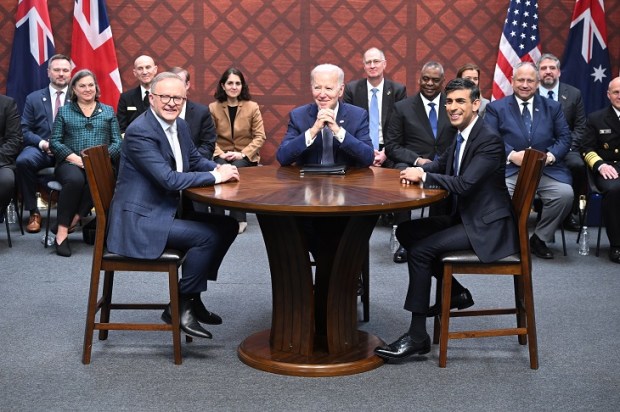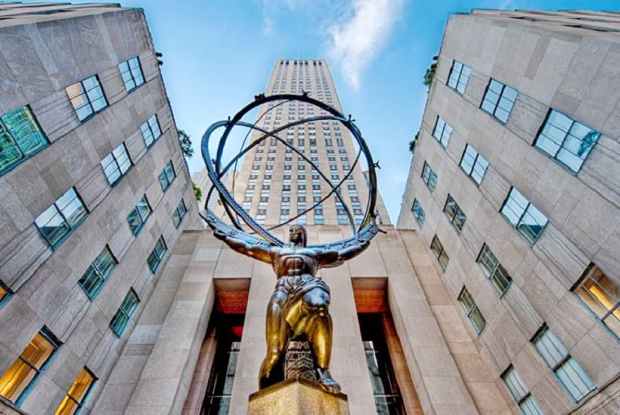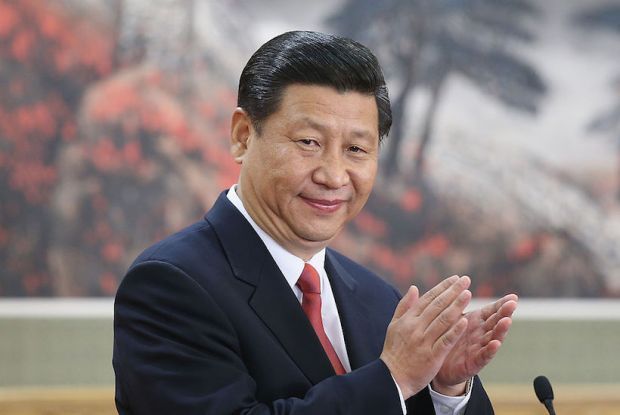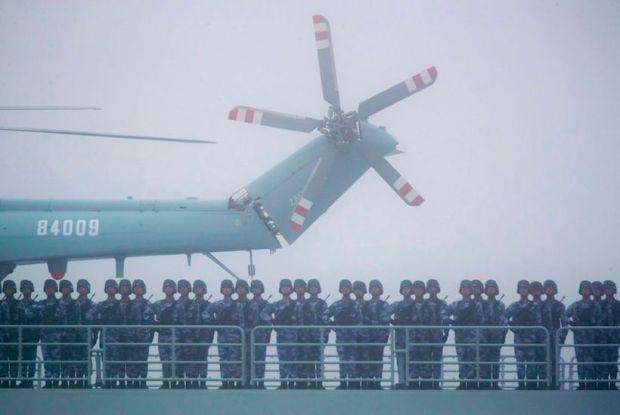Although commonly attributed to Nobel Laureate Milton Friedman, the expression, ‘there ain’t no such thing as a free lunch’ long predated him. In fact, it described the practice of pubs and bars offering a ‘free’ lunch to patrons who purchased at least one drink.
The ‘free’ luncheon was generally high in salt (cheese, salted crackers, nuts), enticing customers to purchase generous volumes of high-priced beer and drinks. If you weren’t paying attention and fell for the trap, you wound up paying much more for the ‘free lunch’.
This exploitation of a known cognitive bias led to over-consumption through cheap and poor-quality food and over-payment through excessive purchase of drinks.
And so speaking of exploitative schemes, with the predictable result of over-consumption and excessive pricing, earlier this month Queensland Premier Steven Miles announced his latest irresponsible commitment as part of his re-election campaign. A $1.4 billion program to provide ‘free’ lunches to primary school children if re-elected.
Even if Miles’ cunning sandwich plan isn’t carried out, it still seems poised to leave its mark. When, as polls suggest, the Miles government loses the coming election, the new Opposition will likely accuse the incoming Queensland government of depriving children of food when this reckless proposal is not implemented.
Of course also, never to be outspent or out-socialised, the Queensland Greens made a similar commitment but expanded to primary and high school children. Although details weren’t provided, the Greens’ lunch proposal would likely involve tempeh, tofu, and spouts.
In making this cheese sandwich policy announcement, it seems that Premier Miles was unfamiliar with the aforementioned ‘no such thing as a free lunch’ adage. Or perhaps he was but failed to care about the inter-generational child abuse of saddling today’s children with future higher taxes to pay for the hundreds of millions of dollars in additional debt necessary to provide fresh-cut cheese sandwiches.
And subsequent to Miles’ sandwich stimulus announcement, he further announced a $24 billion pumped hydro scheme in central Queensland. Of course, also to be financed through debt and deficits piling on top of the already substantial debt position of the Queensland government.
Miles’ proposals are also in addition to the $1,000 energy subsidies for Queensland households and 50 cent public transport fares. Not to mention pledges to establish 12 government-owned petrol stations and 50 government-owned bulk-billing GP clinics.
Hugo Chavez would have been impressed. Perhaps before the October 16 Queensland election, Premier Miles could further dip into his policy bag of tricks to propose a Peticare scheme of a network of government-owned veterinary clinics across Queensland. If Queensland had a larger train network, Miles could even promise to ensure that trains will run on time.
Miles’ election proposals seem more like the plot of a bad comedy than a serious policy platform.
Meanwhile in Victoria, 54,000 public servants, including those earning up to $240,000 a year will be well looked after with individuals receiving ‘cost of living’ payments of $5,600. All paid for through debt-financed budget deficits.
Perhaps the Victorian government needs this volume of well-remunerated public servants to pay the toll on the $200 billion Suburban Rail Loop if it is ever completed. This is, after all, the same Victorian public sector which has grown by 59 per cent in the last 15 years against population growth of 29 per cent.
All the while, per capita, Victorian state government debt stands at $28,000 per person, 40 per cent higher than that of other major states. This is on top of the $37,000 per person of gross Commonwealth debt burdening each and every Australian. The average four-person household in Victoria has the pleasure of carrying a combined government debt load of some $260,000 on top of any personal debt they might have incurred on things like a mortgage or car.
But because misery loves company, the fiscal indolence of Queensland and Victoria will cost all Australians either through inflation or the inevitable bailouts from the Commonwealth.
The sizeable and growing budget deficits in Queensland and Victoria are putting pressure on the Reserve Bank of Australia’s efforts to control inflation, resulting in prices and interest rates for all Australians remaining higher than necessary for longer. Due also to the way financial relations between the Commonwealth and the states are structured, political and economic factors will likely drive the need for increased Commonwealth funding to support both Queensland and Victoria.
The Commonwealth government generates about 81 per cent of Australia’s total tax revenue, and for the current financial year, it has allocated approximately $186 billion to be transferred to the States and Territories. Of this, Victoria is set to receive $44 billion, which accounts for 46 per cent of its $96 billion revenue budget. Queensland will receive $38 billion, making up 43 percent of its $88 billion revenue budget.
Despite these substantial contributions from the Commonwealth, deficits abound and state debt levels are projected to rise by $13 billion to a total of $169 billion in Victoria, and by $14 billion to a total of $92 billion in Queensland.
In the not-too-distant future, the cost to service these ballooning state government debt loads will impact front-line service delivery: schools, hospitals, law and order, and the such. At which point, the Commonwealth will increase grants. These moral hazard payments will need to be paid for by all Australians through a combination of increased taxes and reduced relative payments to other states and territories.
To paraphrase George Orwell, wherever you are in Australia, if you want a glimpse of the future, picture a Victorian Treasurer with his hand in one of your pockets and a Queensland Treasurer with her hand in your other pocket. Forever.
























